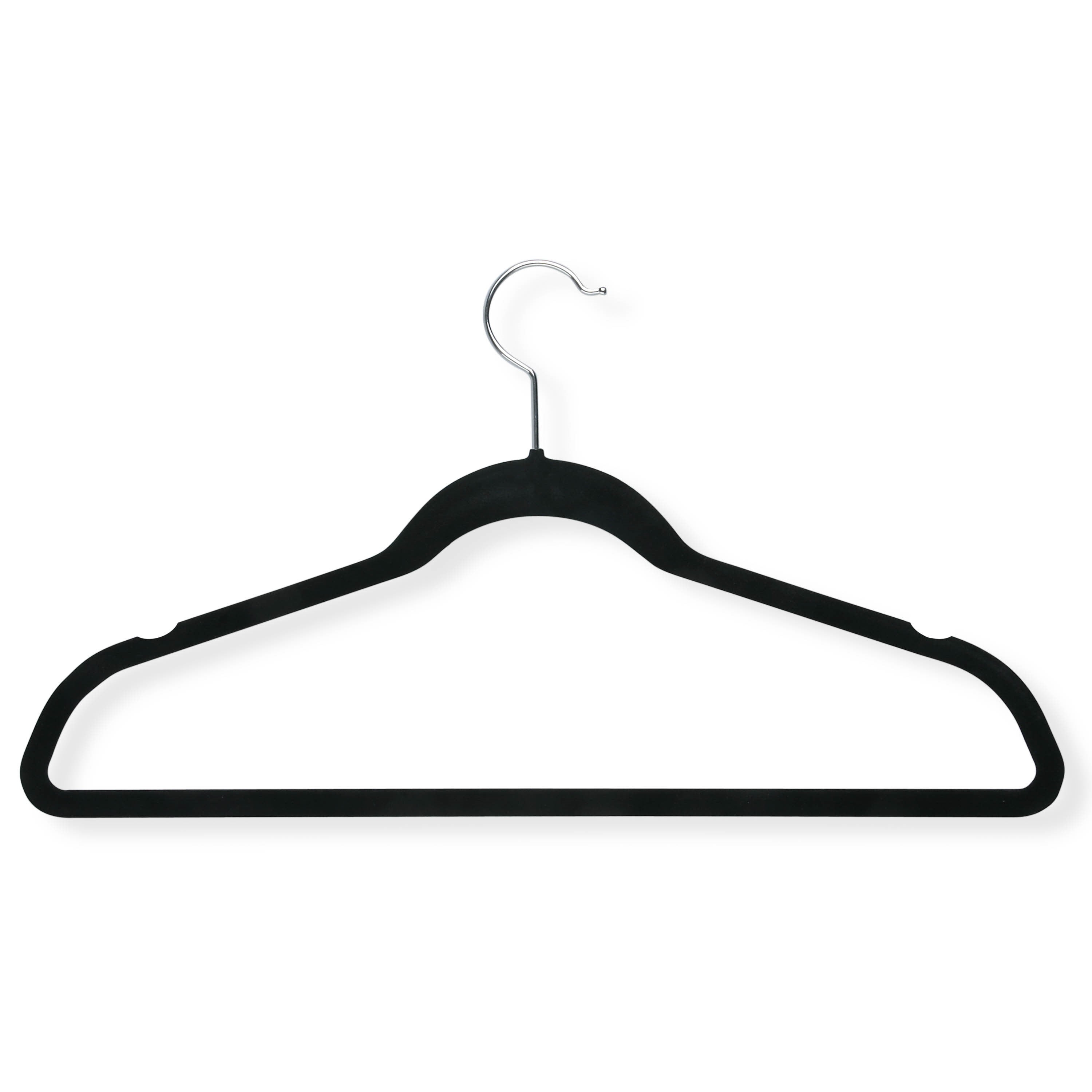
#Slack for nonprofits free#
If the individual is not a paid Slack customer, Slack will extend them a 90-day free trial. You can invite users in any other organization to join a Slack Connect channel, but the service is only available to users who have a paid Slack account.


It's highly recommended that you prepend Slack Connect channel names with "#ext-" or "#vendor-" to avoid confusion. When you create a Slack Connect channel, you'll want to ensure everyone who may use the channel is immediately is aware of who is sharing the channel with them. Although you’re restricted to 20 organizations in a channel, there’s no limit on the number of individuals from those organizations who can be members. You’ll be able to invite up to 19 other organizations into a single channel from your Stanford Slack workspace. With Slack Connect, you can create a new channel to collaborate with external partners or share an existing one. You can now work with external partners using apps, chat, and file sharing - all without leaving your Stanford Slack workspace. The newly launched Slack Connect lets you extend the benefits of channel-based communications to organizations beyond Stanford. Click Share this channel and follow Steps 2 through 4. Right-click on the channel you wish to share and select Additional options. This may also be true for the invited organization, depending upon their settings. Step 4: Get approval After someone accepts your invitation, it must be approved by a Stanford workspace administrator. Step 3: Wait for your invite to be accepted Once your collaborator accepts your invitation, they’ll be taken back to Slack so they can set up the channel on their end. Or copy and paste to share an invitation link outside of Slack. Enter the email addresses of those you'd like to invite and click Send.Ģ. Check the box next to Share outside Stanford University, then click Create.ġ. Enter a channel name ( prepend Slack Connect channel with "#ext-" or "#vendor-") and description and decide if the channel should be private.ģ. Click + next to Channels in the sidebar and select Create a Channel.Ģ. I definitely believe our company feels more connected because they can share personal and funny things to the group via Slack.Create a new channel – or share an existing one – to collaborate with external partners from your Stanford Slack workspace.ġ. People send funny links or videos, share news and things they’re working on, or ask questions to the group. If nothing else, Slack can serve as the water cooler for the office. Better ability to have fun and stay connected There would simply be no way to do this via email.Ħ. When new members join the company, they can dive into a channel and quickly catch up on the discussions that have been had. If I were to send that same article via email, I would have to selectively decide who I thought would want to see it and invariably I’d send it to someone that isn’t interested and leave out some that would have been.ĥ. I can post an article I read that relates to a client we are working with to that client’s Slack channel, and then anyone who is interested can check it out. What I love about Slack is that there is never anyone left out of a conversation.
#Slack for nonprofits update#
With Slack, you can decide to send someone a direct message (which is basically the same thing as email/to-do), or you can send an update to a channel, thereby not forcing someone to have to react to it.
#Slack for nonprofits archive#
Even if they just archive it, they have to react to it.

I always try to be thoughtful about sending someone an email because I know they basically have to respond to it. Most people I know use email not just for communication, but also as a to-do list. When you send someone an email, you’re adding an item to their to-do list With Slack, you post to a topic and people can check it if they like, or they can stop checking a channel if a discussion isn’t something they’re interested in.ģ. We all hate the reply-all function in email, don’t we? Too many times people don’t respect the fact that replying to everyone on the initial email chain will further distract those that don’t need to be kept in the loop. With Slack, you can post information into a channel about a topic, and anyone who is interested can check and see it. When you send someone an email, they essentially have to reply to it, or at least they think they do. So here are 6 reasons why I personally think that Slack is better than email for internal communication:Įmail is a forceful type of communication. More than anything, companies that embrace Slack talk about how it’s replaced email for many communication functions. And it’s completely changed how much email goes through the business, which I’m certain is saving us time. Of course we use other systems, but Slack is the way our team members communicate on a day-to-day basis.

I like to say that Dragon Army runs on Slack.


 0 kommentar(er)
0 kommentar(er)
